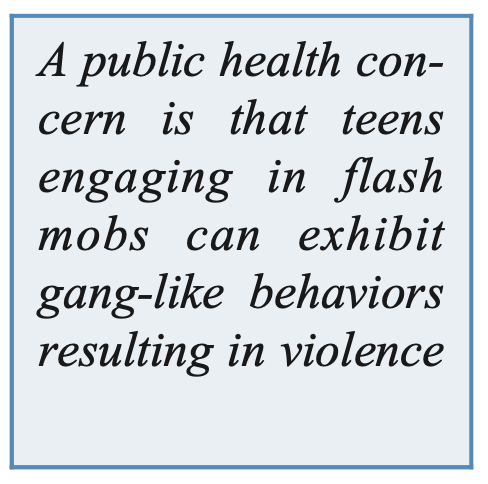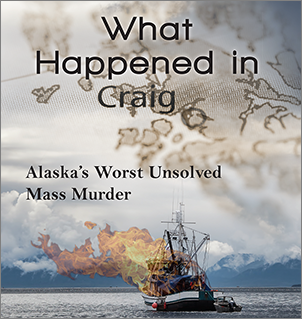We’ve been here before. But, apparently, not quite like this. The late 2022 headlines were screaming, “Eight Teenage Girls Charged With Killing a Toronto Man.” Then the details started to dribble out. Something about “swarming.”
It turned out that three 13-year-old girls, three 14-year-old girls and two 16-year-old girls were involved in the fatal attack. Arrested shortly after the incident and taken into custody, all were charged with second-degree murder. The swarming referred to the act of surrounding a victim while primed for mayhem.
What the hell?

From Bad to Worse
Toronto police soon learned there were other swarming attacks that same night, in and around the city’s TTC 1 Subway Line. They noted that “a group of 8-10 teenage girls randomly assaulted several people” at Queen’s Park, St. Patrick, Osgoode, St. Andrew and Union stations. The assaults occurred between 10 p.m. and midnight on Dec. 17, hours before the victim was stabbed at Union Station. The teenage girls alleged to have murdered him were now suspects in five other attacks.
What Toronto police needed, however, was the public’s help in pinpointing the victims of those early assaults. The murder victim, on the other hand, was soon identified.

Ken Lee was initially called, somewhat vaguely, a “homeless man.” He was, more accurately, living in a homeless shelter because he was temporarily down on his luck.
“Last fall, he was experiencing some bad luck and he left home determined to get his life back on track. We ensured that he knew we were always here for him and were waiting for him to return home. He wanted to resolve his issues independently, and we understood and respected his wishes.”
Helen Shum, family friend
Ken Lee soon emerged as a different kind of victim. His friend Erica told reporters that the teens were swarming after her bottle of alcohol and other property. Lee tried to stop them. It cost him his life. He was stabbed multiple times. No one knew it, at least not at first. By the time they learned, he was bleeding profusely. It was too late.
“Ken died a hero,” his friends noted. “He was protecting his friend.”
A Rare Occurence?
In the aftermath, one Toronto police expert described the attack as exceedinly rare and “atypical.”
“It’s not that females have never been involved in homicides before, but to this degree, with this age group, I’ve never personally seen this before,” Det. Sgt. Terry Browne told The Canadian Press in an interview. Browne added that the girls met on social media and congregated on a Saturday night in the downtown core, where they were first involved in another criminal but “non-assaultive” incident (yeah, the subway attacks).

(2011) 26, 167–169
THE Toronto police take was, however, a little too facile. A deeper dive into the literature finds a more convincing body of evidence. Here’s a quote from a 2011 article in the Journal of Pediatric Nursing:
IN RECENT MONTHS in the streets of Philadelphia, several incidents of spontaneous teen gatherings occurred causing mass chaos and, in some cases, violence. Similar incidents occurred in Boston, South Orange, Kansas City, and Brooklyn. These spontaneous uprisings, better known as flash mobs, occur when adolescents broadcast impromptu events via online social networks or mobile devices.
Susan Solecki MSN, FNP-BC, PNP-BC; Karen Goldschmidt, MSN, RN (2011)
Pedantically, we can squeeze a difference between “swarming” and “flashmobs.” A flashmob is, by definition, larger than a swarm. The intent of a flashmob, moreover, is not always the type of mayhem underscored by swarming. But the commonalities ring out. Gang-like behavior. Social media as a binding agent. A group gone mad.
Swarms of people engaged in mayhem are, of course, far from unknown to human history. The lynch mob is common enough to have engendered more than one movie. During the 1930s, Fritz Lang’s film Fury (1936) and James Whale’s film Frankenstein (1931) focused a light on that brand of violence. Alvarez (2007) places lynch mobs along a continuum that finds its most organized expression in vigilante groups.

And, of course, in the U.S. we have the January 6, 2021, mob event. Not teenagers, exactly, but… Similar.
Nothing new here. Still totally f’d up.
Copyright Leland E. Hale (2023). All rights reserved.

Purchase Butcher, Baker
Order my latest book, “What Happened In Craig,” HERE and HERE. True crime from Epicenter Press about Alaska’s Worst Unsolved Mass Murder.
